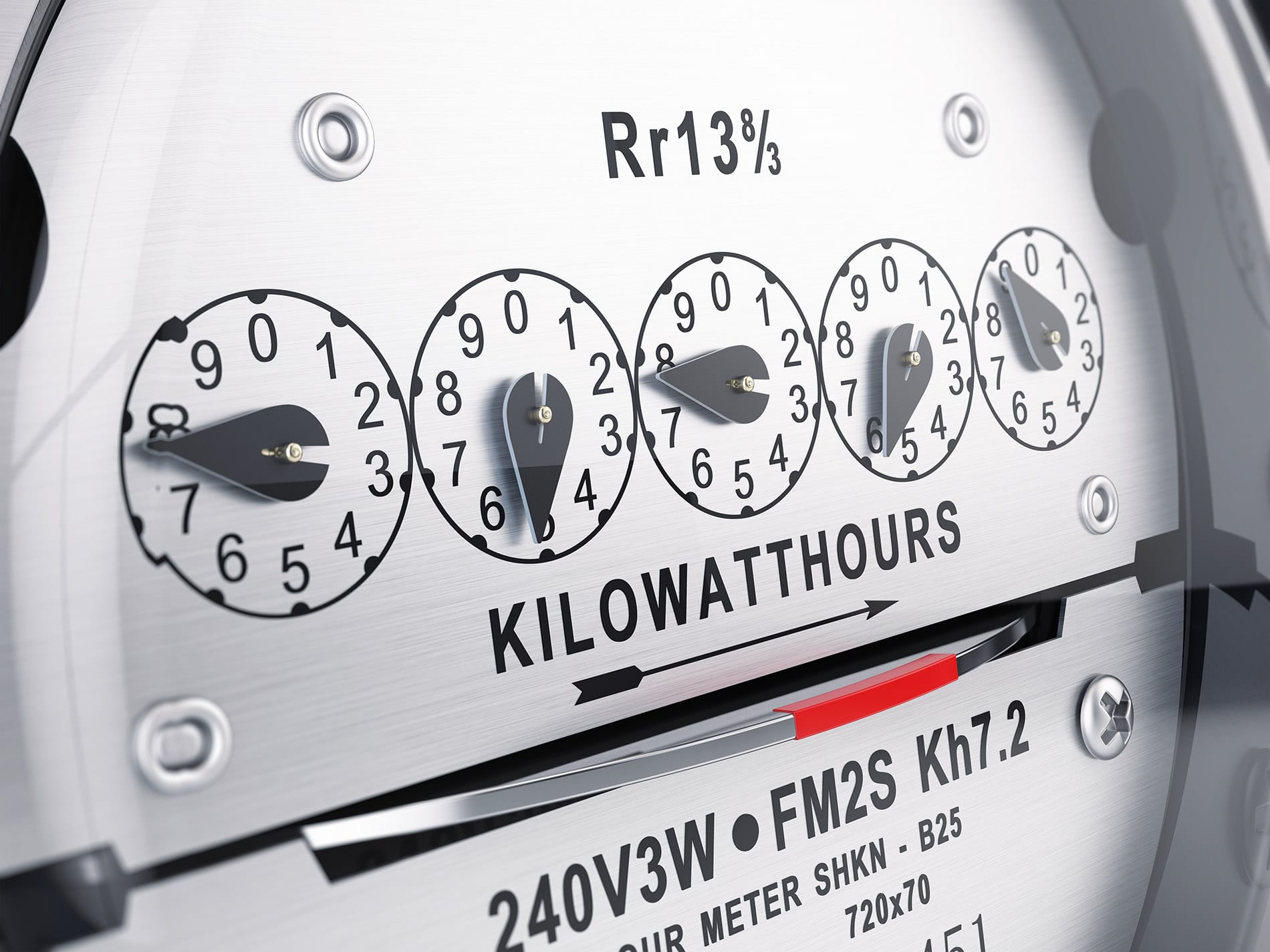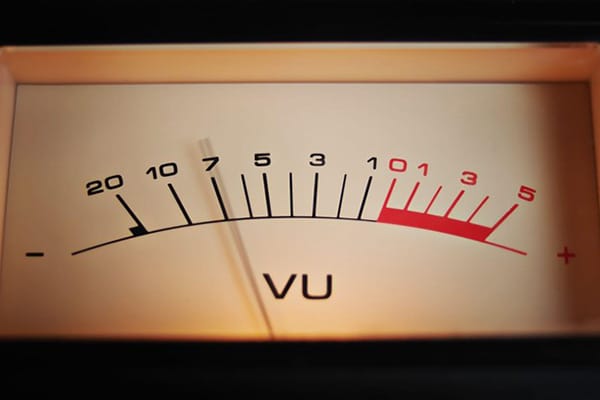Financial hardships can happen to any of us, especially during times of high inflation and rising electricity prices. If and when that happens, it can be difficult to continue to make payments on every utility bill in the household.
If you find yourself falling behind on payments for your electricity service, you may run the risk of disconnection. Having your power shut off can be extremely disruptive for any household, so if you’re past due on your bill, it’s important to reach out to your power company to learn what your options are.
In some cases, electricity service providers may implement an intermediary step between full service and disconnection: a power meter limiter.
We’ve got answers to all of the questions you might have about power load limiters: what these power meter limiters are, how they work, and when they might be a good option for you and your household. Let’s dive into the world of power load limiters.
What Are Power Meter Limiters?
Power meter limiters are devices that restrict your home’s power supply. When households are current on their utility bills, their power consumption typically isn’t limited. If you choose to, you could keep every room in the house lit at all times of the day (though you’d be wasting energy and money doing so).
But if you don’t stay current on your utility bill, your electricity service provider may choose to limit your power consumption. A power meter limiter is a device that your power company can install on your power meter that restricts the flow of electricity without turning it completely off.
Can You Enclose a Power Meter?
Generally speaking, no, you cannot enclose a power meter. Electricity service providers need to have ready access to power meters to service them, read them, and in some cases install electricity limiters on them.
Moreover, in some areas, enclosing your power meter may violate building codes. Knowing all of this, if you still are interested in enclosing your power meter, it’s a good idea to reach out to your power company to learn whether or not this is possible in your service area.
What Is a Load Limiting Device?
A load limiting device is similar to a power meter limiter: It restricts the power level your home is able to draw from the grid.
A load limiter will dramatically reduce your household’s power consumption without disconnecting power altogether.
A Quick Electricity Lesson
To understand how power limiters work, let’s quickly go over the differences between current, voltage, and power.
Current is used to describe “the rate at which electric charge flows past a point in a circuit.” Voltage has been described as “the pressure from an electrical circuit’s power source that pushes charged electrons (current) through a conducting loop.”
You can think of voltage being the cause and current being the effect — without voltage, there can be no current. Then, when we talk about power, we’re describing the combination of both current and voltage.
Current is measured in amps, while voltage is measured in volts.
Enter your ZIP Code and compare electricity rates
How Does Power Meter Limiting Work?
Now that we have a (very) general understanding of some electrical concepts, let’s put it all together to learn how power load limiters work.
Power meter limiting works by setting an upper limit on the volts you’re able to use simultaneously in your household. Different electrical devices draw different amounts of volts to turn on.
A lightbulb, for example, consumes much less electricity than your washer or dryer. If your household has a power limiter installed, you’ll be able to turn some of your lights on, and potentially run a larger appliance like a refrigerator.
But if voltage drawn by your electrical devices exceeds the limit put in place by your load limiter, a switch will be flipped and all power to your house will turn off. If you experience an outage like this, you’ll need to reset your power meter limiter, and adjust the number of electrical devices you have turned on.
How Do I Reset My Power Limiter?
Different power limiters will have different processes for resetting, so you’ll want to familiarize yourself with your own power meter and its specific reset process.
That said, here are the steps you should take if you experience a power supply outage while a load limiter is installed on your power meter:
- Unplug or turn off every electrical device in your home. The reason you are experiencing an outage is because you had too many devices plugged in, and their combined power consumption exceeded the limit placed on your household. If you reset your power limiter before taking this step, it’ll likely trigger another outage.
- Locate your power meter. Typically this is somewhere outside the home on an exterior wall. Contact your electricity service provider if you’re unsure where your power meter is located.
- Locate the reset button on your power meter and push it. This step can vary a lot, depending on your power meter, so it’s a good idea to communicate with your power company ahead of time to learn how to use this reset button.
How Do I Remove My Power Meter Limiter?
The process for removing the load limiter on your power meter will depend on the policies and practices of your local electricity company.
In most cases, you will need to pay your past-due power bills in order to remove your power meter limiter and restore full power to your home. Once you’re able to once again be current on your electricity bills, you’ll enjoy the full power you had prior to the installation of your load limiter.
Many energy companies will offer repayment plans to customers experiencing financial hardships, and enrollment in one of these programs can also lead to the removal of your power meter limiter.
The different procedures for restoring full power can vary widely between utility companies, so it’s always a good idea to reach out to the customer service department of your power company to understand your specific path to removing your power meter limiter.
How Can I Get Power Without a Meter?
If you’re interested in getting power without a meter, you’re going to need some serious DIY skills or some professional help. Power meters are the simplest and easiest ways to get power into your home, but if you’re willing to put in the effort, it is possible to get power without a meter.
One of the most common methods used to get power without a meter is to invest in a renewable energy source on your property. Depending on your location, a wind turbine or a set of solar panels can generate electricity for you and your household and provide you a source of power without a meter.
You’ll need to do your own research on your solar and wind energy options in your area, and likely consult with experts to make sure one of these options is possible in your location. There’ll be significant upfront costs to install one of these renewable energy options, although it’s worth checking to see if you can find rebates or tax credits to lower that price.
What Are the Advantages of Power Meter Limiters?
 source
source
If you had a choice between having full power available to your home, and only having partial power to your home, we’d all choose the full power option. There’s no doubt that power meter limiters can make our lives more difficult.
But a power meter limiter is a better solution than outright disconnection. This is where we can start to understand the advantages of power meter limiters: They allow households to power a small number of electrical devices to help maintain a baseline quality of life.
This is especially helpful during winter months, when electricity can be used to power heaters. Power meter limiters can also help remote workers who use a computer and the internet for their jobs continue to work.
What Is a Power Meter USB Device?
As you’re getting more familiar with the world of power meter limiters, you may come across something called a power meter USB device. These power meter USB devices aren’t related to power meter limiters, but they are handy electronic devices that are worth knowing about.
A power meter USB stick is a portable device that helps you read the voltage, amps, and wattage of your USB electronics. And if you don’t know how power meters work, don’t worry — we’re here to explain.
To use a power meter USB stick, you’ll first want to plug it into your USB power source (most often this is a computer or a power brick).
Then, plug the USB device you’re interested in testing into the other end of the power meter USB stick. The power meter USB will now display the power flowing between the power source and the device you’re testing — typically in watts, amps, and voltage.
Some of these power meter USB devices can even work as power meter data loggers, and keep track of any changes in the flow of power between your gadgets or help with power meter calibration.
Are power meters worth it? If you’re interested in learning more about the power your electronic devices consume, or you want to test to make sure your various USB devices and power sources are in working condition, a power meter USB stick is a great power meter option that’s worth picking up.
That’s the Power of Power Meter Limiters
In a perfect world, you won’t have to use a load limiter in your household, and you won’t need to know any of the answers to the questions we just went over.
But financial hardships can happen to us all, and if you ever find yourself in the position of being past due on your utility bills, it will be useful to know what power meter limiters are, how they work, how to reset them, and what their advantages are.
Energy Savings has many resources just like this article that can answer any number of energy-related questions you might have. If you’re interested in learning more, be sure to visit the Energy Savings blog.
Brought to you by energysavings.com
All images licensed from Adobe Stock.
Featured image:




